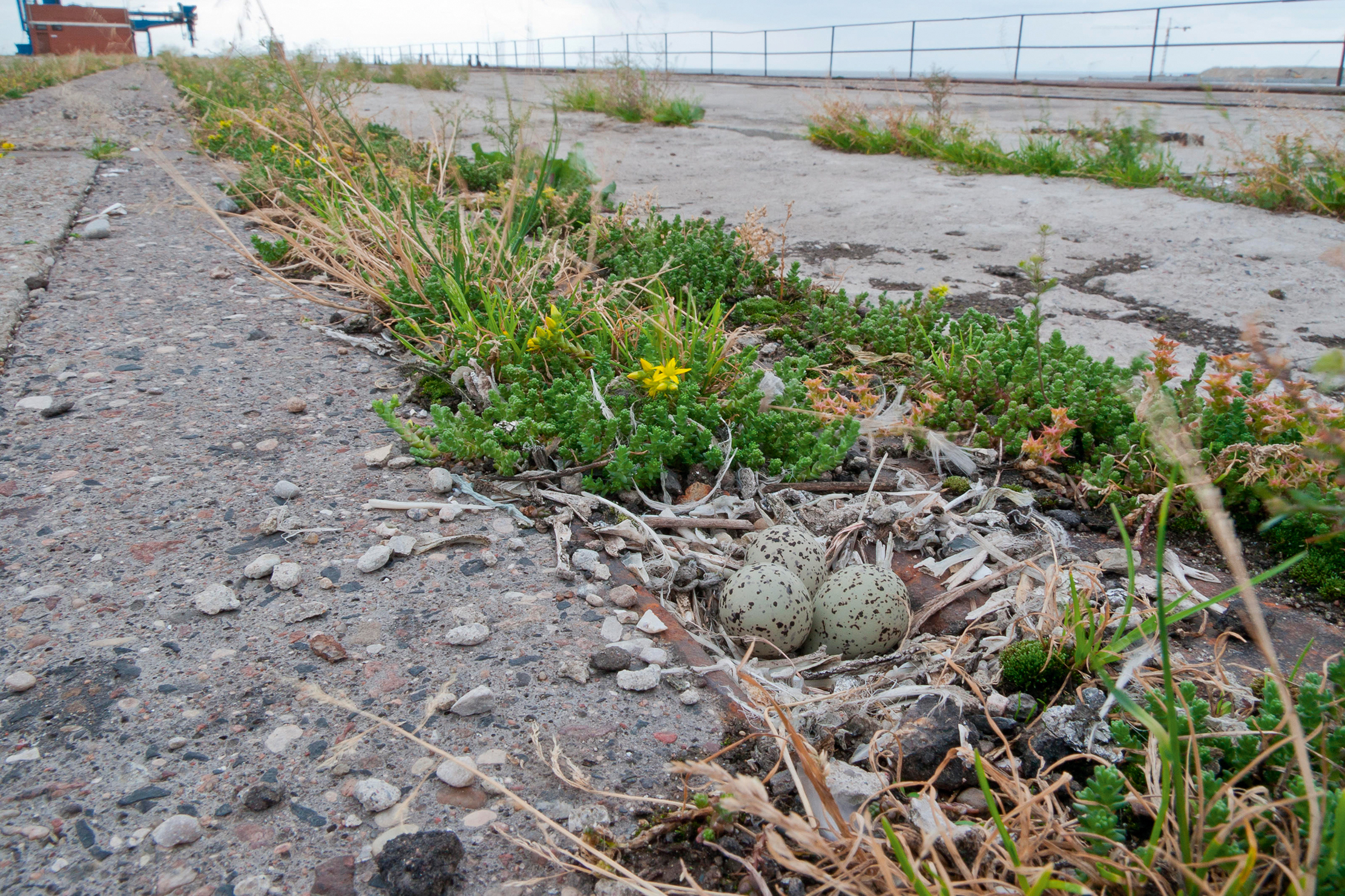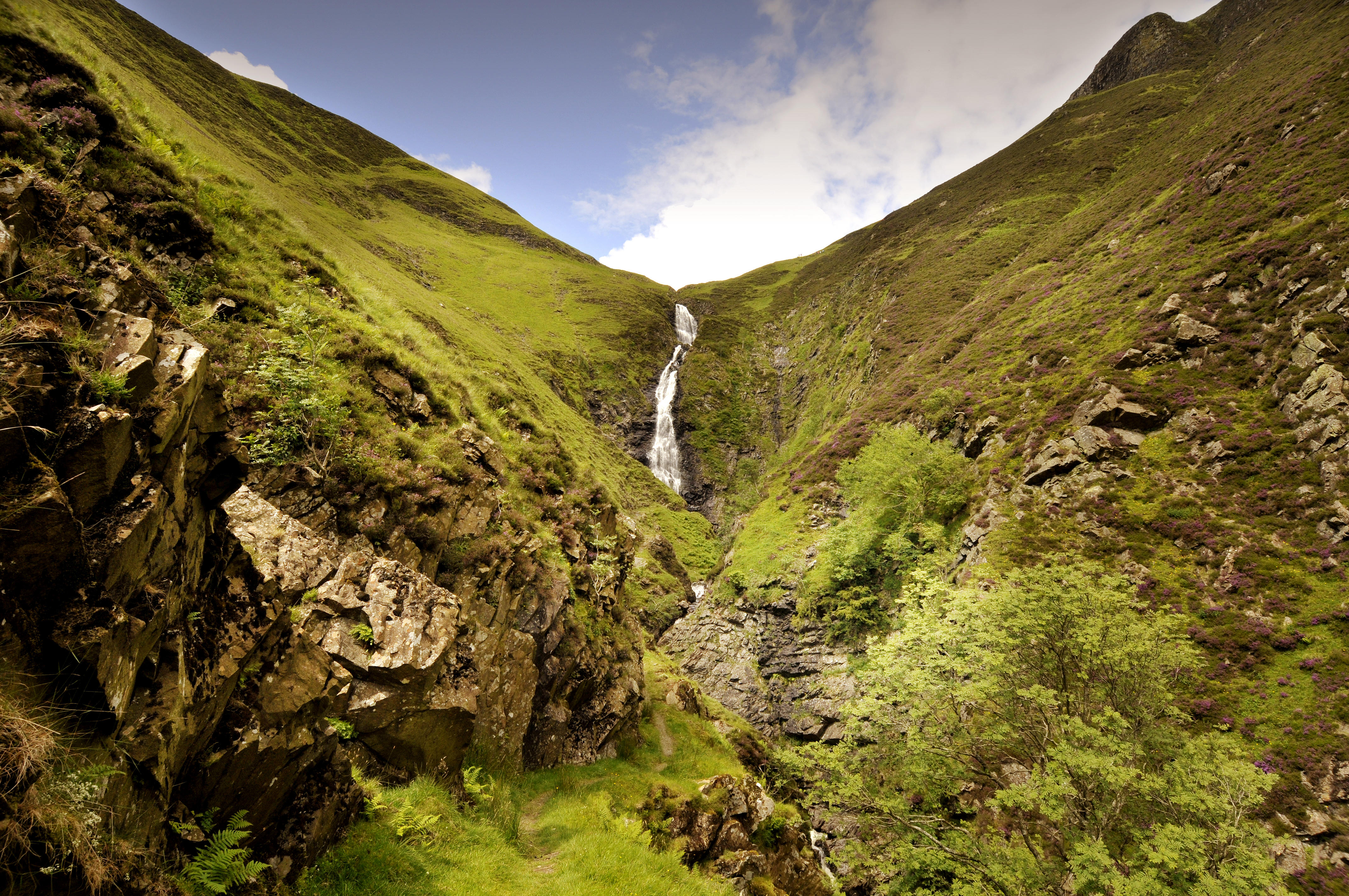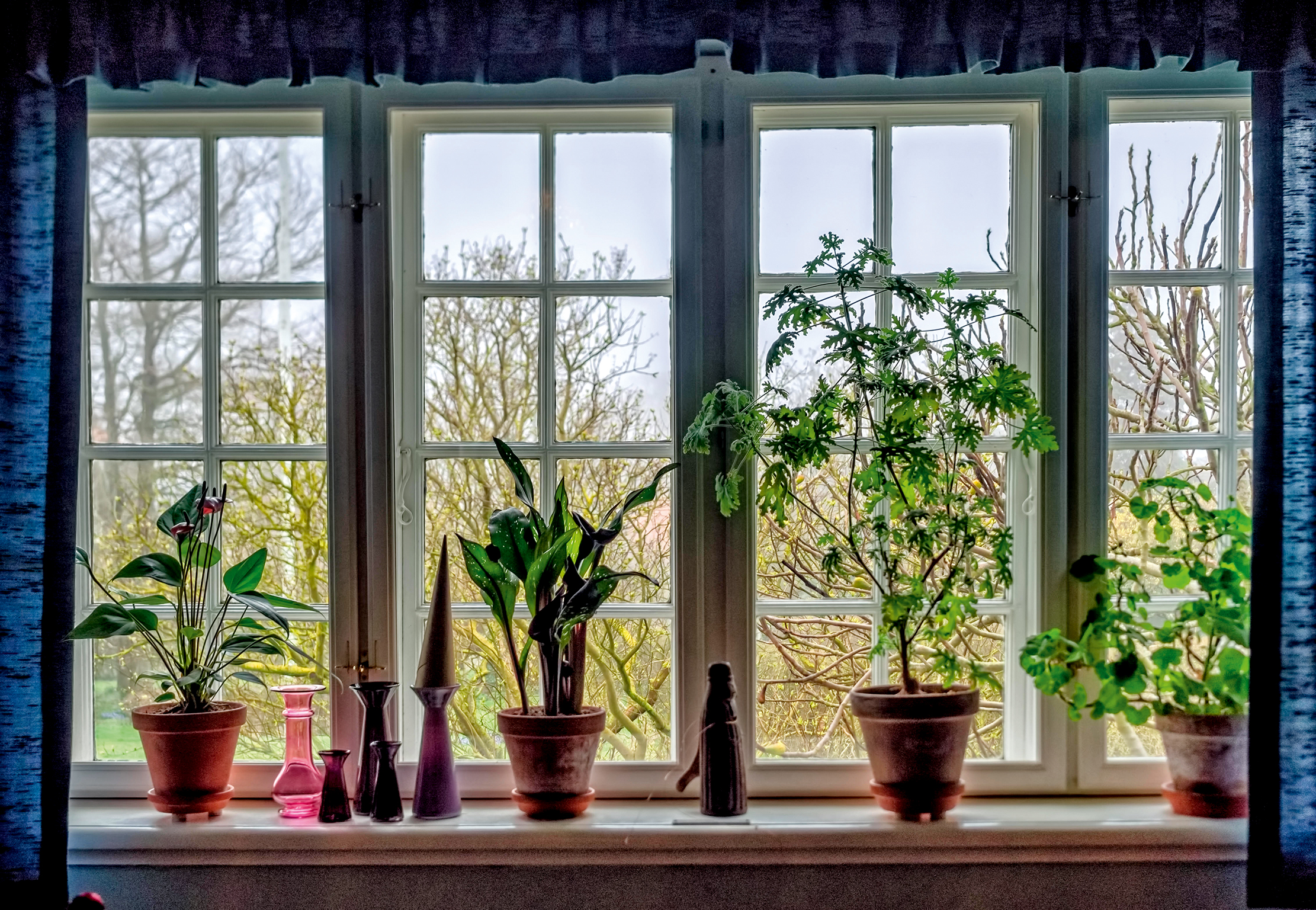Mary Colwell: Britain's reputation for being a green and pleasant land is under threat as we bulldoze countless little Edens
Losing small patches of scrubby land to new houses might not seem significant, but these little Edens are vital for Nature, says environmentalist and author Mary Colwell.


The American naturalist and author Robert Pyle’s book The Thunder Tree describes the loss of his childhood playground, a disused section of the Highline Canal in Colorado. It was an accidental wilderness, forgotten by the world until the pressure to develop meant any land was worth turning into buildings. Over the decades, Dr Pyle watched in dismay as towns and industry claimed the ‘wasteland’ he so loved.
One day, as excavators moved in, a fox shot from cover. ‘We watch, entranced, then appalled, as the fox dashes from place to place, pursued everywhere by the roar of construction and the blind light of day, unable to find its customary coverts.’ He paints a picture of a wild creature caught in the headlights of the modern world — startled and unable to find a home.
Back here in the UK, Dr Pyle’s experience will ring true for many as even small patches of wildness succumb to development. A wet field here, a patch of waste ground there or a quiet section of coastline — all are being subsumed by the needs of our ever-developing nation and the pressures of the 21st century.
"Britain’s reputation for being a green and pleasant land — a place that values its natural heritage as well as its human history — is under threat as we bulldoze countless little Edens"
Nature is on a collision course with the huge forces that are altering the face of Britain — climate change, population increase and the economic aftermath of the pandemic. Remnants of land are being turned into housing, warehouses, plantations and infrastructure. The areas that cause the most pain for ‘ordinary citizens’ are the unloved, little-noticed patches where people walk dogs, exercise and where teenagers hang about. Often, they are only cherished by local people and wildlife — but they are all the more special for that.
Britain’s reputation for being a green and pleasant land — a place that values its natural heritage as well as its human history — is under threat as we bulldoze countless little Edens and expel their occupants. Hard battles are being fought to save them, usually spearheaded by passionate local groups. Dr Pyle calls them the ‘keepers of precious shards’. However, they are often overwhelmed by the legal savviness and organisation of developers, local authorities and big business. There is also a distrust of ‘tame ecological consultants’, environmental surveyors thought to be in the pay of developers. Planning laws and protection legislation are impenetrable for most people and a simple cry from the heart to save what is treasured is easily dismissed as nimbyism.
"The solution has to be a bold re-imagining of how we see wildlife living alongside us in the future"
The lack of housing for the growing UK population is a huge concern. The Government’s target of providing 345,000 new-builds a year until at least the mid 2020s will see towns and villages expand and new areas earmarked for residential plots. Housing estates need infrastructure and bring traffic, pollution, services and recreational activities. This sudden expansion of human presence can be devastating for wildlife. There are countless examples. In Havant, now abandoned farmland that separates already crowded towns and busy roads is marked for hundreds of new homes, displacing geese and waders. The wet fields may present an ordinary face to the world, but they provide for the needs of a variety of wetland and coastal birds.
Construction of the HS2 rail link is removing habitat across the country, not only for the line itself, but also for access roads and infrastructure. Ancient hedgerows, woodland and grassland are the collateral damage.
Exquisite houses, the beauty of Nature, and how to get the most from your life, straight to your inbox.
On the Essex coast, the Isle of Thanet (40 square miles) is set to see more than 1,700 houses built on farmland prized for a great variety of species. Near North Ferriby in East Yorkshire, a two million square foot ‘global retail distribution centre’ is planned for a grassland used by birds from the Humber Estuary. In all these cases — and others — people who oppose them say the mitigation sites being offered are often ill-advised and inadequate.
The solution has to be a bold re-imagining of how we see wildlife living alongside us in the future. We can no longer rely solely on isolated, protected areas — such as Special Protection Areas (SPAs), Special Areas of Conservation (SAC) and Sites of Special Scientific Interest (SSSIs) — to protect Nature. These are often oases in a vast mosaic of hostile land, 70% of which is farmed. One conservationist opined: ‘We will always be fighting a losing battle until Nature flows naturally from legislation.’ That may start to happen when the new Environment Bill is enacted, which will require developers to pay for a biodiversity net gain, not only with a new site, but with cash and in perpetuity. I hope this is a workable move in the right direction. In the meantime, stemming the tide of so many little losses across Britain will help keep us connected to the natural world and the life-force it provides.
Mary Colwell is an environmentalist, author and chair of The Curlew Recovery Partnership — www.curlewrecovery.org

Grey Mare’s Tail waterfall, Dumfriesshire: 'Mesmerising even to the peregrine falcons that nest in the crags around'
Annie Elwes recommends the waterfall and surrounding wild countryside of the Grey Mare's Tail Nature Reserve.

Credit: Alamy
Mary Keen: The secrets of windowsill gardening
The internationally-renowned garden designer and writer Mary Keen turns her thoughts indoors to the best plants to grow on windowsills
Country Life is unlike any other magazine: the only glossy weekly on the newsstand and the only magazine that has been guest-edited by His Majesty The King not once, but twice. It is a celebration of modern rural life and all its diverse joys and pleasures — that was first published in Queen Victoria's Diamond Jubilee year. Our eclectic mixture of witty and informative content — from the most up-to-date property news and commentary and a coveted glimpse inside some of the UK's best houses and gardens, to gardening, the arts and interior design, written by experts in their field — still cannot be found in print or online, anywhere else.
